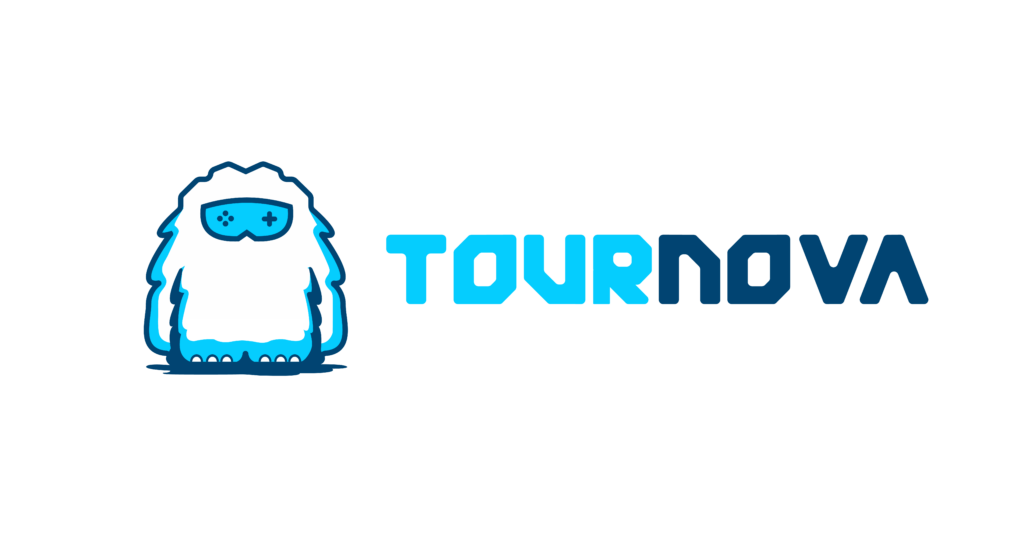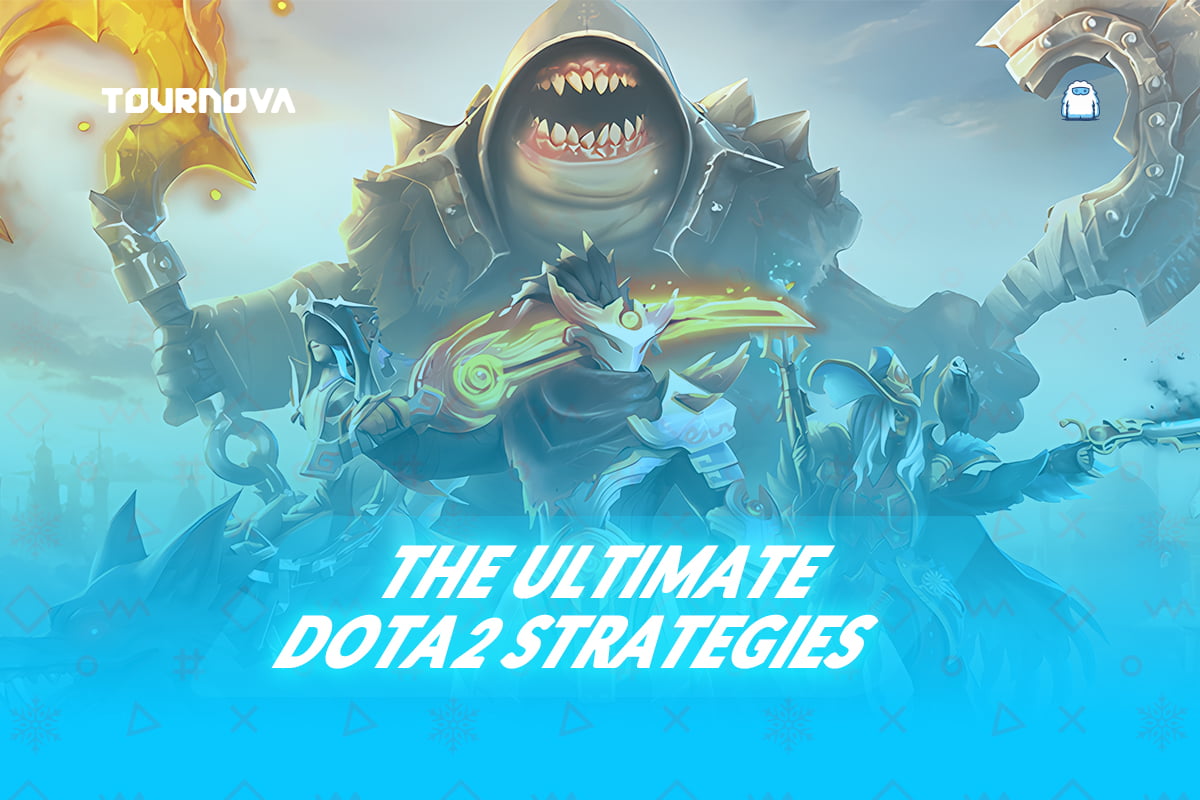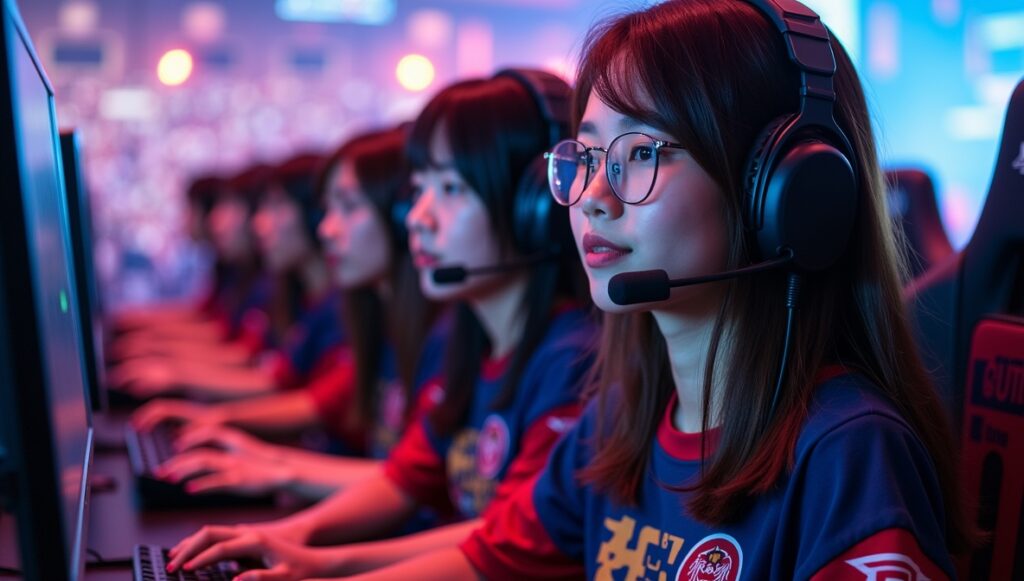In Dota 2, where complexity and depth are as vast as the battles themselves, mastery often hinges on one pivotal skill: prediction. This elusive ability separates immortal-tier players from the rest—reading the game like an open book, foreseeing an enemy’s movement before it even unfolds. Such prediction skills are crucial; they allow players to anticipate enemy moves, rotations, and drafts, potentially turning the tide of a game with a single well-calculated moment. Our Dota 2 prediction guide will cover advanced techniques employed by the best, offering insights into how these pros achieve their near-prophetic gameplay.
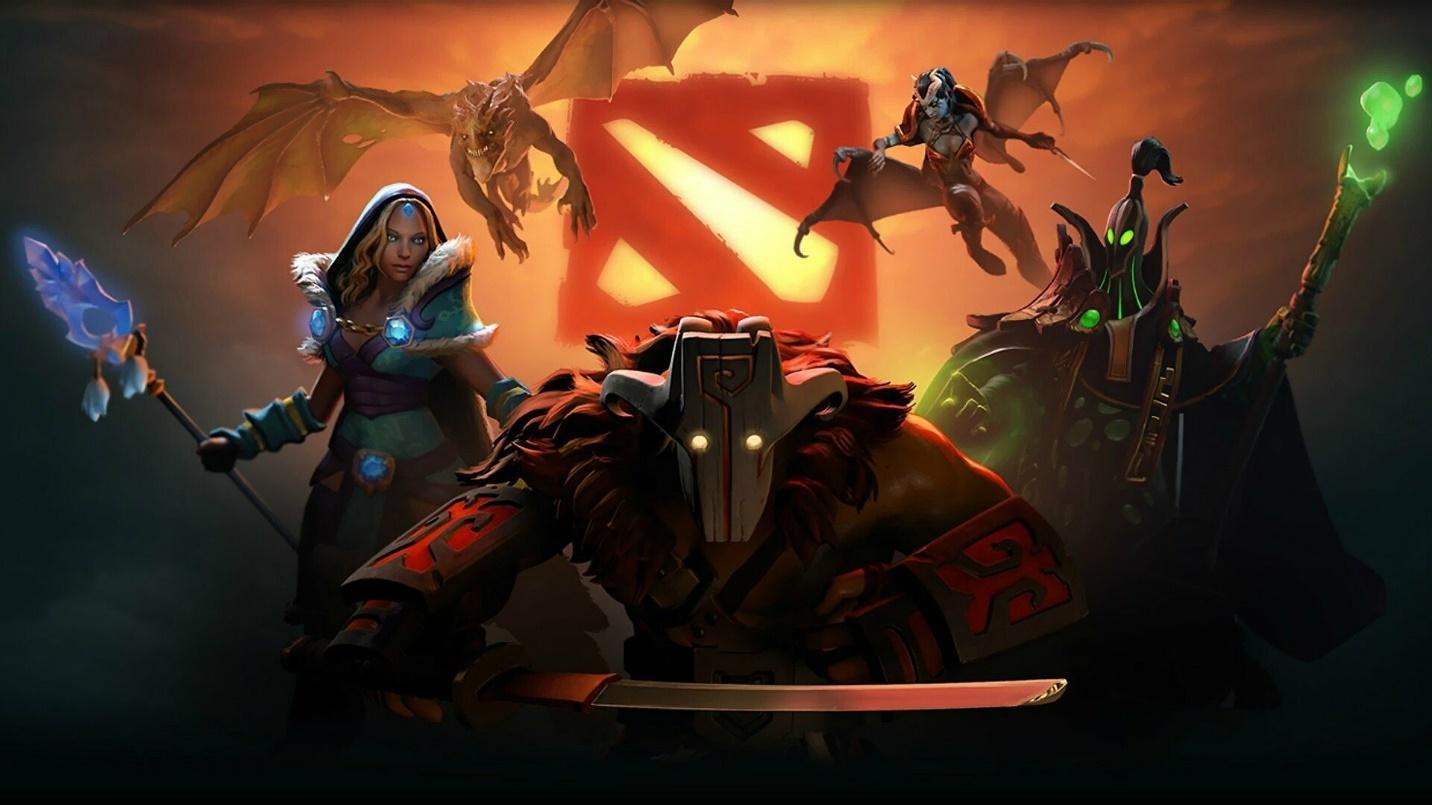
Dota 2 Prediction Guide: Understanding Dota 2 Prediction Fundamentals
Why is prediction so vital in Dota 2? This isn’t just about raw skill; it’s about understanding the ever-changing dynamics of the battlefield. Successfully predicting outcomes in Dota 2 demands an intuitive blend of map awareness, vision control, and recognizing opponent tendencies. Picture this: A crucial team fight is about to start, and your prediction skills can either secure a victory or risk a catastrophic wipeout. It’s the little things—like anticipating ganks or securing Roshan—that make all the difference.
1. Reading the Map Like a Pro
Understanding the lay of the land isn’t just about knowing where to farm or fight. Map awareness involves reading the subtle movements on the minimap and interpreting potential threats or opportunities. Think of the times we’ve spotted an enemy support missing from their lane—the gut feeling they’re waiting in the wings for a nasty surprise. Pro players excel at interpreting these clues, making real-time decisions based on limited information.
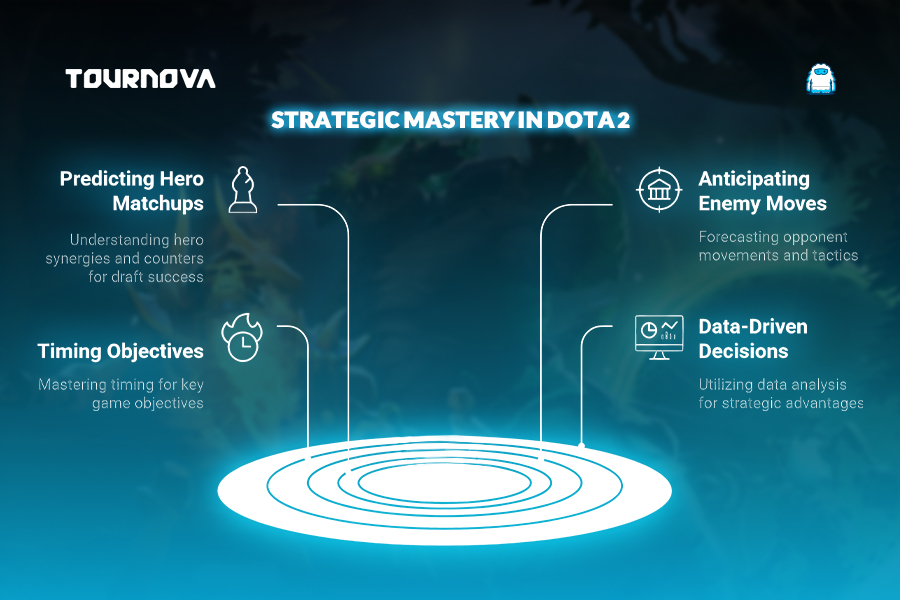
Predicting Hero Matchups & Drafts
This Dota 2 prediction guide will help you understand the art of draft prediction. Have you ever wondered how pros seemingly pick the perfect heroes every time? It’s less about luck and more about understanding meta-trends and how certain heroes interact with others.
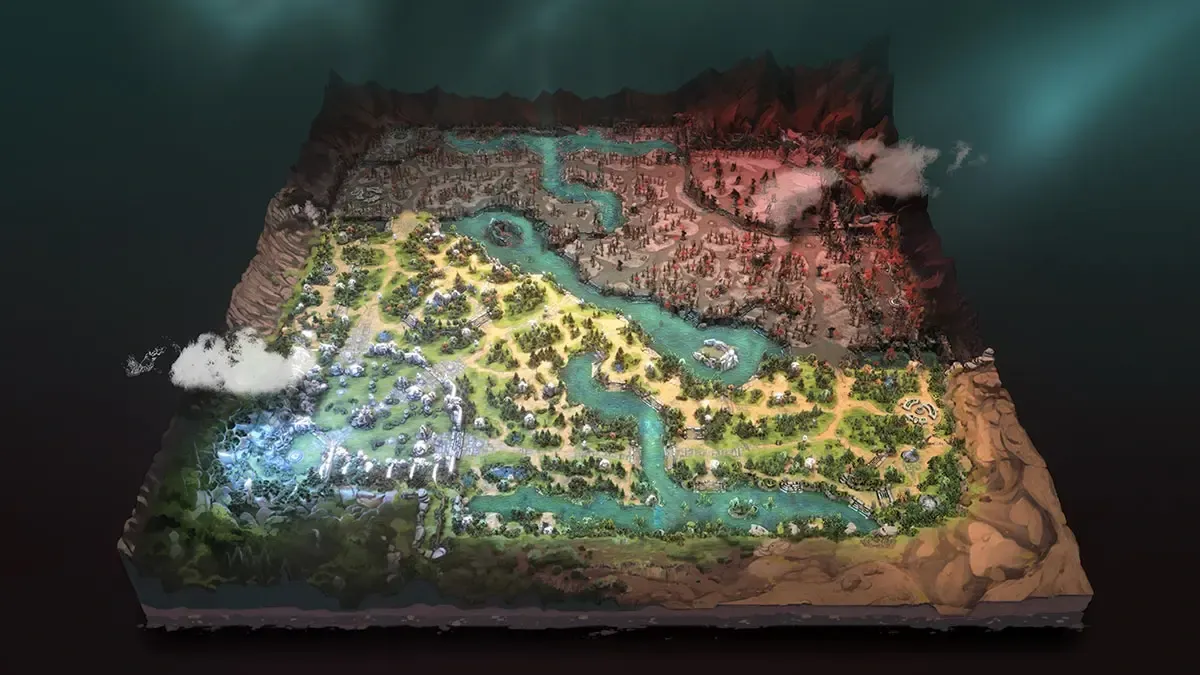
2. Decoding the Draft
At high levels, drafts are chess games, with each pick countering or synergizing with another. We’ve seen pro players analyze drafts to predict lane outcomes based on hero synergies—the very essence of what makes lanes win or lose. By understanding strengths, weaknesses, and potential counters, players can set themselves up for success even before the game begins.
Predicting the Enemy’s Next Move
Moving on, predicting your enemy’s movements is foundational to strategic brilliance. Recognizing patterns helps players anticipate enemy activities long before they occur.
3. Tracking with Precision
Take, for instance, warding patterns. Where do opponents place their wards, and when do they disappear from the minimap? Such information guides players in reading enemy farming routes and recognizing power spikes. By knowing when an enemy’s strongest hero is off-map, we can gauge when and where they might strike next.
Predicting Fights & Team Engagements
In the heat of battle, the ability to predict team fights and engagement outcomes can be your greatest weapon.
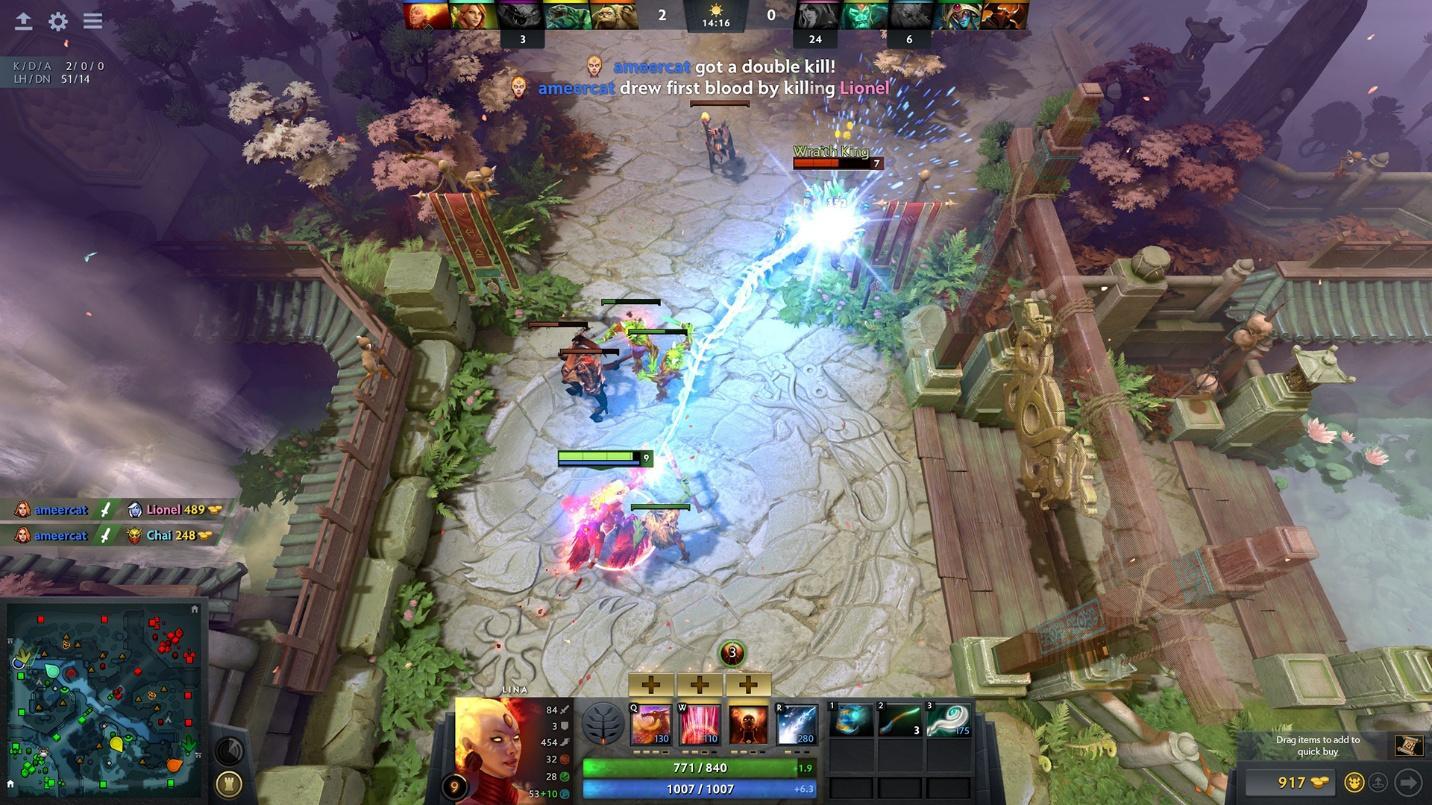
4. Anticipating Initiation
Imagine standing in the fog of war, waiting patiently as your enemy inches closer. As this Dota 2 prediction guide explains, the ability to predict their initiation timing and positioning significantly shifts the battle in your favor. Every fight becomes an elaborate dance, where we use baiting tactics and fog to lead foes into traps, ensuring our team has the strategic upper hand in every engagement.
Mastering Objective Predictions
Objectives like towers and Roshan are critical pivot points in a match, requiring sharp prediction skills to control.
5. Timing is Everything
Knowing when Roshan will respawn or predicting enemy smoke ganks consistently can change the complexion of a game. Players who excel at predicting objective timings often dominate map control, dictating the pace of the match by applying calculated pressure or engaging in disruptive split-pushing strategies.
Common Mistakes & How to Improve Prediction Skills
The journey to mastering predictions is fraught with pitfalls. Let’s talk about improving these skills.
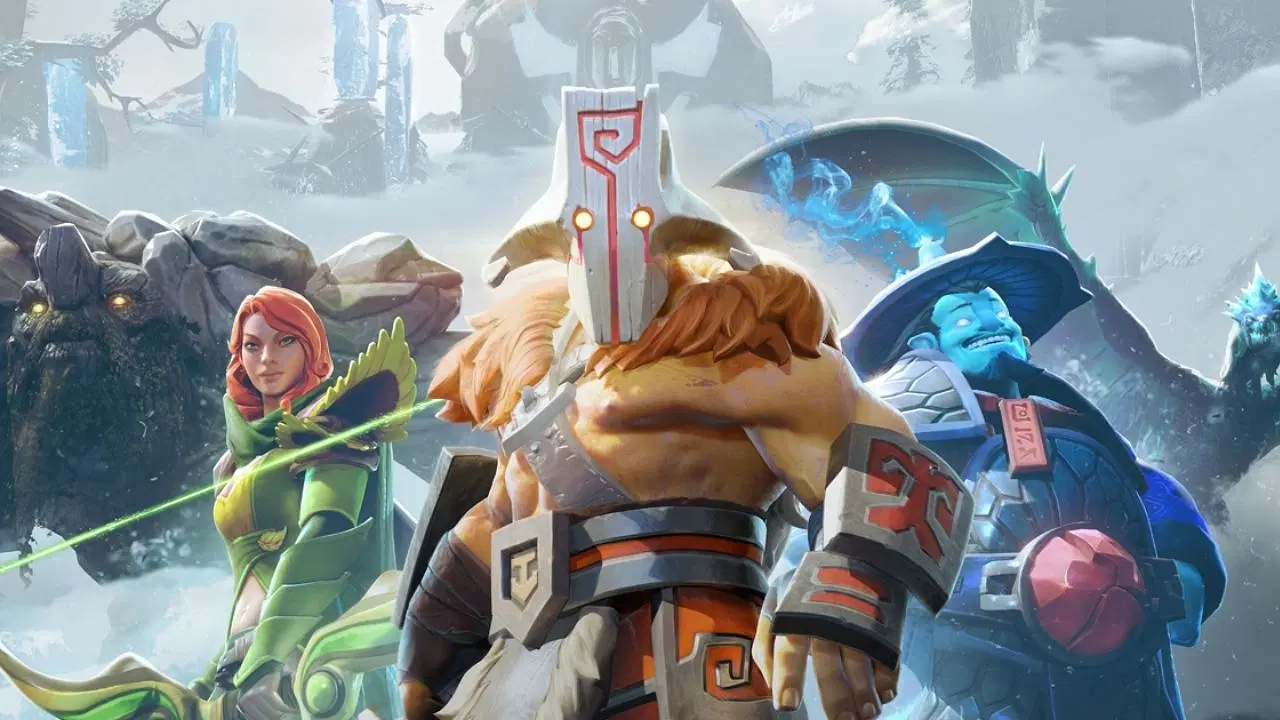
6. Data Over Intuition
While intuition is valuable, over-relying on instinct without data can lead to errors. Watching replays and analyzing professional matches sharpens our predictive acumen, revealing the layered thinking behind pro players’ strategies. The better we understand a game, the better we predict its unfolding drama.
Strategic Brilliance in Gaming with Tournova
The mastery of predictions in Dota 2 highlights the significance of analytical insight and strategic foresight, akin to the resources Tournova provides for gamers. Just as expert Dota players rely on prediction skills to navigate complex gameplay dynamics, Tournova supports gamers and organizers with comprehensive tools for tournament success. By leveraging advanced features like automated tournament management and a robust token economy ($TNT), our platform cultivates an environment where strategic planning and foresight are rewarded, much like predicting and countering in Dota 2.
In this fast-paced gaming world, being equipped with the right tools and knowledge is key. On Tournova, both casual and competitive gamers can develop and apply strategic skills in organized settings, enabling players to refine their abilities and engage in meaningful competitions. Our platform ensures that gamers can predict, plan, and prosper in the crowded world of competitive gaming.
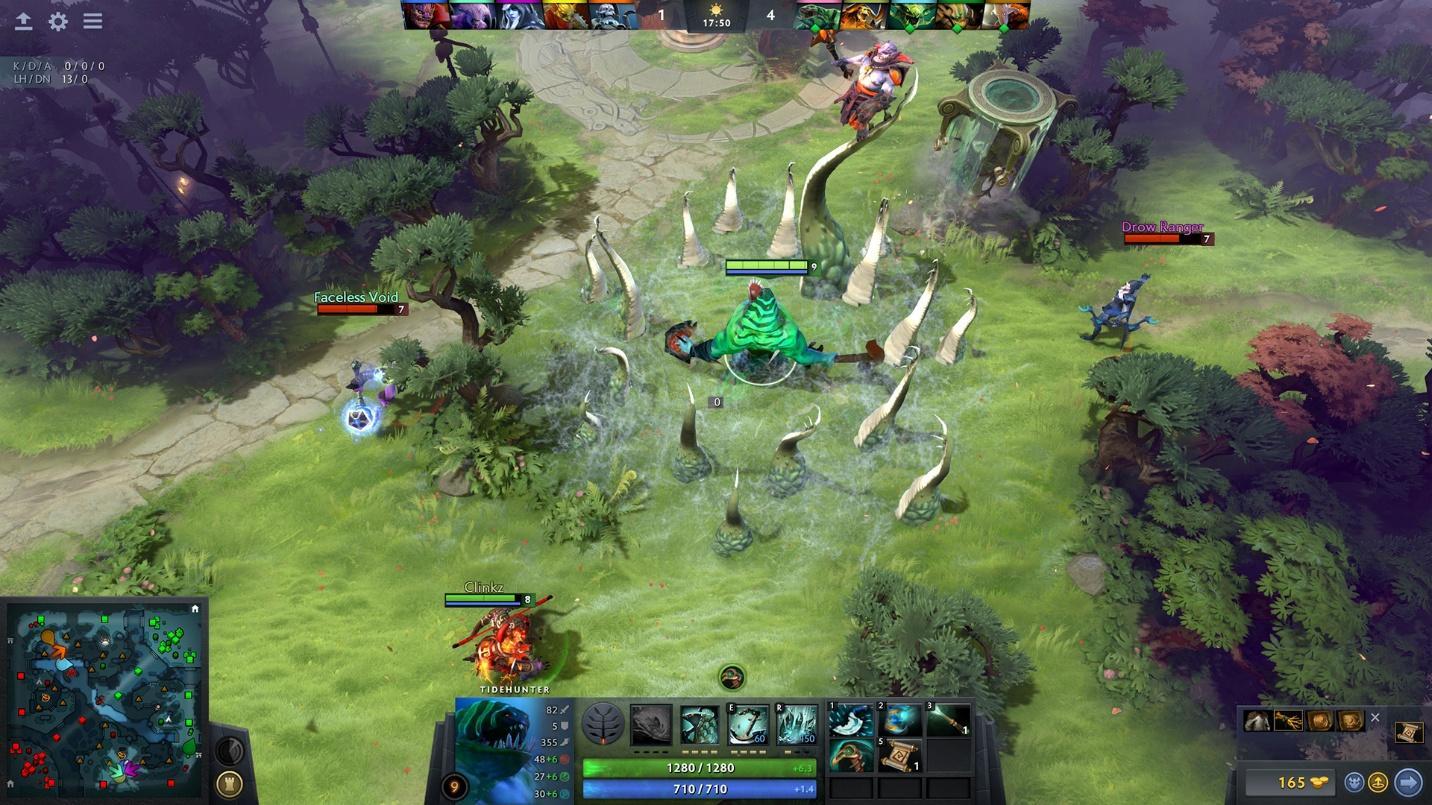
To Close Things Up
Prediction in Dota 2 is a skill that feels almost like magic when wielded by the best players, yet it’s grounded in logic, observation, and experience. Whether we’re analyzing drafts or predicting the next big team fight, these skills, as taught in this Dota 2 prediction guide, elevate our gameplay, transforming us from good players into great ones. By reading this guide and sharpening our predictive capabilities, we’re one step closer to becoming Dota 2 masters.
Read the hottest in-depth Esports Guides on Tournova.
FAQs on Dota 2 Prediction Strategies
1. How do pros predict rotations and ganks?
Pros use a combination of map awareness, warding info, and game rhythm to anticipate where and when players might rotate for ganks.
2. What’s the best way to track enemy movements without vision?
Timely predictions often rely on observing enemy behavior patterns, anticipating their objectives, and using smoke to invade unwarded regions safely.
3. How do I improve map awareness and prediction skills?
Practice makes perfect. Regularly play while keeping the minimap in your peripheral vision and analyze replays for insights into enemy movement.
4. Is predicting enemy drafts a skill or just luck?
It’s a skill honed by understanding meta-trends, typical counters, and the opponent’s playstyle from previous matches.
Sources:
– [Dot Esports](https://dotesports.com/dota-2)
– [Liquipedia Dota 2](https://liquipedia.net/dota2/)
– [Noxville Data](https://www.dota2protracker.com/)
– [Gaming Analytics Hub](https://esports.gg/dota-2/analytics/)
